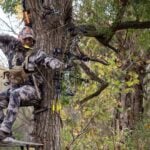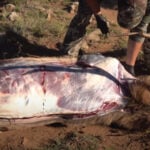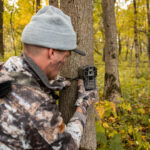Sometimes the best way to learn is to dive right in and figure it out as you go, but that’s not how it works for planting food plots. Jumping in with no previous experience can result in wasted time and money, and in the end provide little if any value to wildlife. So if you’re new to food plots, or if you’re looking to improve your food plotting skills, here are some common questions and answers to consider before purchasing those seeds.
Q: How much land does a food plot require?
A: It doesn’t take a lot of land, but it does take a little planning, and it also depends on your overall goals for the plot. The smallest food plot I’ve ever planted was less than a quarter-acre on some property I was hunting in West Virginia. Admittedly, I had no idea what I was doing. The area had been recently timbered and there were several large patches of bare dirt left behind that looked decent enough for a small plot.
I didn’t do much to prepare the site. I basically raked the dirt to form a loose surface and began broadcasting seeds. Most of the seeds didn’t take root, but enough did so that a decent little plot came up. The deer population in that area was sparse anyway, so it didn’t get visited much throughout the fall when other food sources were at their peak. By mid-December, though, when the rut was over, bucks started hitting the plot regularly, and one of them eventually found itself in my cross-hairs.
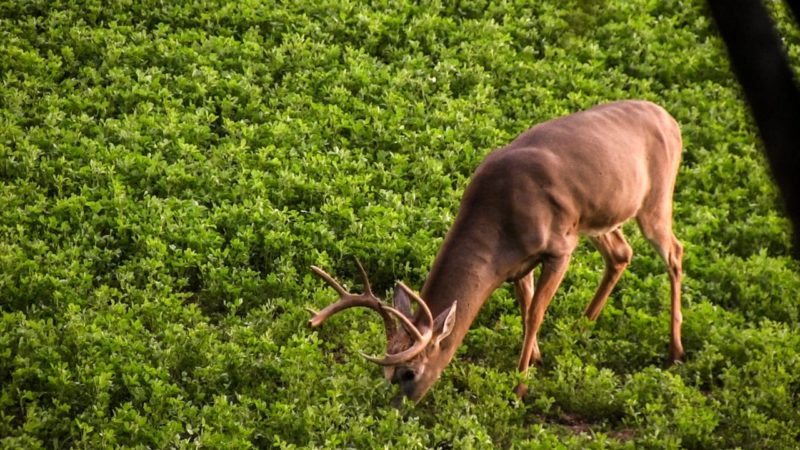
Several companies manufacture seeds specifically for hunters like me who want the benefits of a food plot without having to invest a bunch of time and money in expensive equipment to create vast plots. Most no-till forages are actually quite effective. They’re hardy and grow just about anywhere as long as conditions aren’t too rugged, and even then, certain soil preparations can make it more conducive to plant growth.
Q: Should I get my soil tested?
A: soil test has many benefits. It can tell you what your soil is lacking so that you know what needs added to help seeds grow to their fullest potential. Soil tests should be done as soon as possible so that you know the quality of the soil and what’s required to make it better.
Cheap, over-the-counter kits can be accurate as far as pH goes, but pH isn’t the only factor that determines a food plot’s success. Other minerals such as magnesium, potassium, and phosphorous are equally important, and knowing their quantities present in the soil can help you decide which blend of forage to plant. You can get these higher-grade tests through the USDA and agricultural affiliates, and they typically cost $15-30.
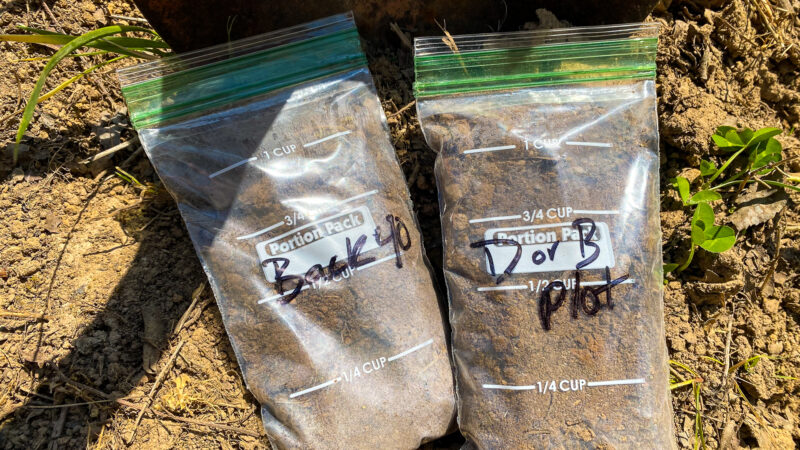
Q: Are the seeds I purchased last year still good?
A: If you have old seed lying around, you can test their fertility by wrapping them in a damp paper towel. If it starts to germinate within a couple of days, the seeds are still okay to plant.
Q: Where should I plant the food plot?
A: We hunters basically plant food plots for two reasons. First, to help grow bigger bucks. And second, to help congregate deer and make our hunting spot better. Unless you’re planting purely for nutritional purposes, the hunting aspect should definitely be a consideration in deciding where to plant the plot and how to shape it.
If you have the opportunity to start from scratch, choose a location that takes prevailing wind, bedding areas, and travel corridors into consideration. In essence, you can build the perfect hunting spot.
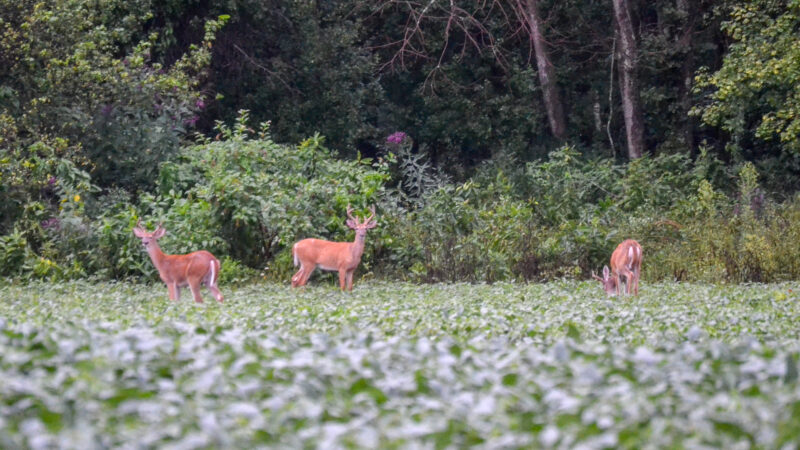
Q: What shape should I make the plot?
A: When most hunters think of food plots, they think of rectangular-shaped fields where deer come out to feed. But if you have a big, wide open plot, a mature buck’s going to think long and hard before stepping out into it during daylight hours. He might drop his guard during the rut, but if you want to make that plot more attractive to him during other times, too, consider how it’s structured.
If your food plot butts up against anything the deer would see as cover, or perceive as cover, the more likely they are to use the plot during the daylight hours. So instead of creating a plot that has straight lines along each side, let those edges wander in and out. For instance, I hunt a food plot on public land that was planted by the Pennsylvania Game Commission. Throughout the plot are various peninsulas of trees and high grass that jut out into the plot. As a result, deer feel safer coming out into the plot during all times of day because these edges give them a sense of security – cover is just a few bounds away.
Also, allowing the boundaries to curve in and out provides a longer edge than a straight line, which means that there will be more berries and other soft mast growing there, more licking branches hanging out over for deer to make scrapes under, and more places to hang your treestand to account for changing wind and weather conditions.
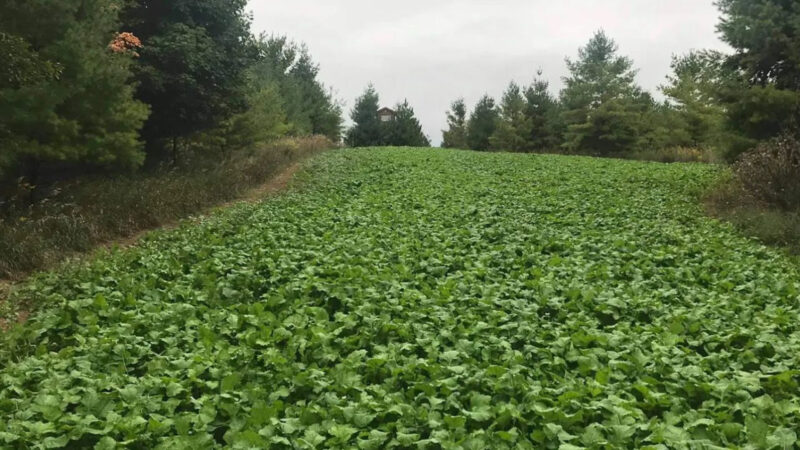
Q: Should I plant annuals or perennials?
A: Annuals are seeds that are planted annually and must be planted every year. Perennials, once planted, will come up multiple years. For the beginner, annuals are the better choice to start with. If you plant it and the plot fails, it’s no big deal. Most times, you can make a few adjustments and re-seed that same season and still end up with a successful plot to hunt over that fall.
Perennials, on the other hand, require more effort (and usually more equipment) to establish. Not only do they take a longer period of time to grow, but they require more preparation time to get the soil ready to plant, such as making sure all of the weeds are controlled before the first seed is broadcast. The benefit of perennials is that once they’re established and growing, there’s less maintenance involved and they can provide lasting benefits for several years.
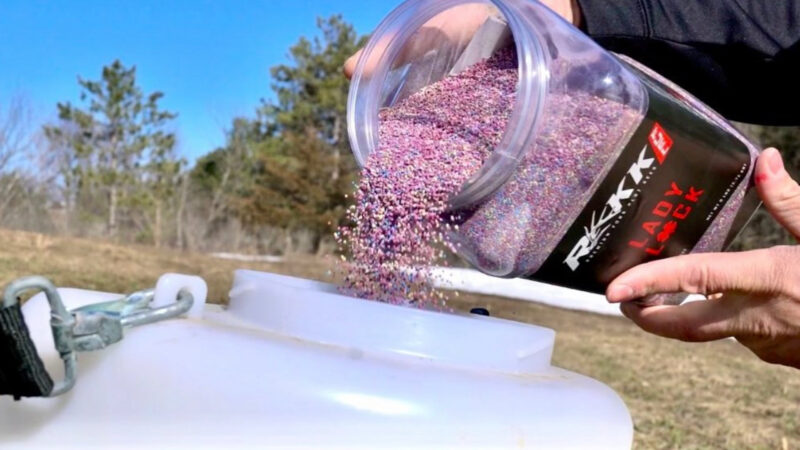
Q: What if I go through all the trouble of planting a food plot and it doesn’t come up the way it should?
A: If you planted early enough in the summer, mid-July or so, and the plot isn’t doing much after two or three weeks, all is not lost. If you skipped the soil test prior to planting, a soil test now can help tell you why the plot failed. If you did a test, though, and it still hasn’t come in the way it should, it could be something as simple as how deep (or shallow) you planted the seeds or as complex as how the seedbed was prepared.
Some seeds are so small and fine that they get buried too deep to germinate, which is just an error in seedbed preparation. On the other hand, some of the bigger seeds, such as oats, require a deeper planting. Knowing the requirements of the forage beforehand can save you a lot of headaches later.
It sounds simple, but you really can learn a lot just by reading labels and directions on seed bags. The directions will tell you how well the enclosed seeds perform in shaded areas that receive little sunlight versus wide open fields that get pounded by the sun. They’ll tell you about pH requirements and when is the best time to plant as well as how deep to plant the seeds. And if you still don’t know what to do, almost every company offers free consultation about how to get started and will provide step by step advice for using their products.
Q: Do food plots produce bucks with larger racks?
A. If you look at the trophy record bucks of Boone and Crockett and Pope and Young
since 1988, the average annual number of record book bucks has increased 500 percent. Food plots aren’t the only reason for that, but nutrition is a major cornerstone of any Quality Deer Management program. Once a deer’s physical needs are met, any excess nutrition then goes toward antler growth.
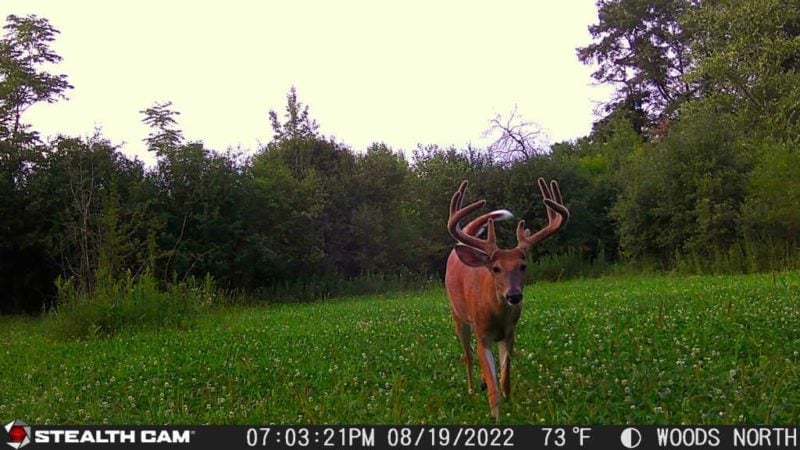
We always think about the spring and summer antler growth period that lasts around 200 days each year. But a lot of other things happen during that time, too. In spring, does enter their third trimester of pregnancy, and later on they’re making milk for their newborn fawns. Research suggests that if a doe gives birth to a bigger-than-average buck fawn, then that buck fawn will eventually grow a bigger rack. A doe’s milk is filled with nutrients, and when you provide quality food sources for that doe, her milk will contain even more nutrients.
Nutrition is just one piece of the overall puzzle regarding deer management and growing big bucks. And food plots are a great way to make sure deer are getting good nutrition.

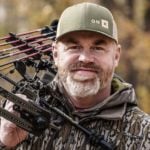 By
By 